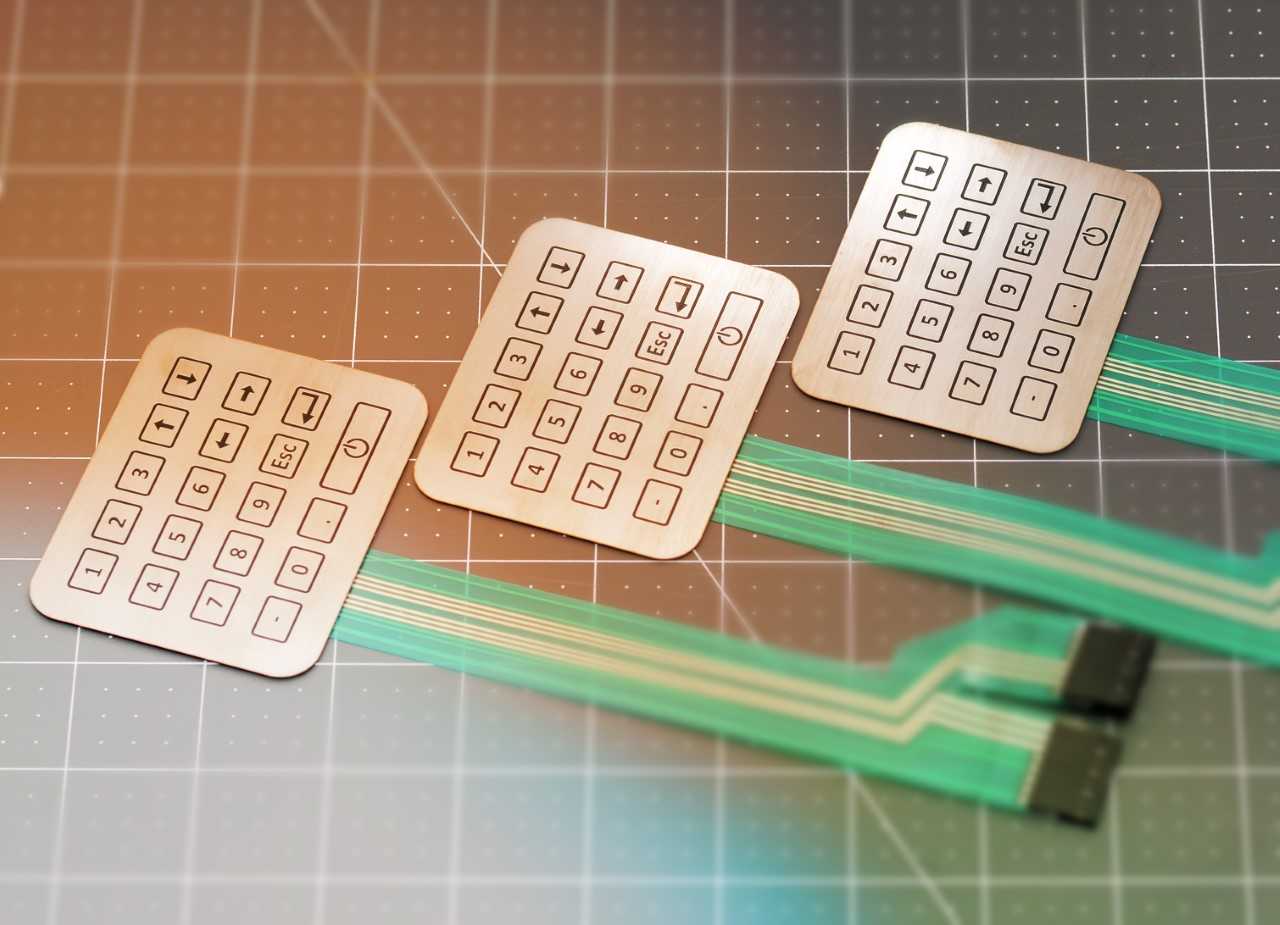How Membrane Switch Technology is Revolutionizing User Interfaces
How Membrane Switch Technology is Revolutionizing User Interfaces
Blog Article
Comprehending Membrane Switches Over: The Key to Dependable and sturdy Controls

What Are Membrane Layer Switches?
Membrane layer switches are an innovative solution in the realm of interface modern technology, integrating performance and style effortlessly. These gadgets serve as an interface in between users and digital systems, incorporating a number of parts into a portable format. Generally created from adaptable, thin layers of products, membrane switches are developed to react to touch, enabling users to connect with equipment and electronic gadgets properly.
The main aspects of a membrane switch include a printed circuit layer, visuals overlay, and a spacer layer that avoids unintended activation. The visuals overlay can be personalized to mirror brand identification or customer preferences, enhancing aesthetics while making certain usability. Membrane buttons are generally made use of in different applications, consisting of medical gadgets, customer electronic devices, and commercial equipment, owing to their toughness and resistance to ecological aspects such as dampness and dirt.
One of the key benefits of membrane buttons is their capacity to withstand wear and tear, making them ideal for high-traffic atmospheres. Additionally, they are light-weight and need very little space, allowing for cutting-edge styles in product advancement. In general, membrane layer changes stand for a sensible and efficient selection for modern digital user interfaces, weding technology with user-centric design principles.
How Membrane Layer Switches Over Work
The procedure of membrane layer switches over joints on a simple yet effective system that translates user input into electronic signals. When a user presses the switch, the top layer deforms, enabling a conductive element in the circuit layer to make contact with a matching conductive pad on the bottom of the graphic overlay.
The layout of membrane layer switches can vary, yet they frequently incorporate domes or responsive aspects to provide feedback to the individual, enhancing the general experience - membrane switch. The materials utilized in membrane layer switches, such as polyester or polycarbonate, add to their resilience and resistance to ecological aspects, including wetness and dirt. The printed circuits are typically encapsulated, which secures them from wear and tear over time.
Advantages of Membrane Layer Switches

Additionally, membrane switches are over at this website understood for their resilience. Created from durable products, they are immune to dust, moisture, and physical wear, which considerably prolongs their life expectancy contrasted to conventional mechanical buttons. This longevity makes them specifically ideal for high-traffic settings and applications calling for longevity.
An additional substantial advantage is the convenience of cleaning and maintenance. The smooth surface area of membrane layer switches minimizes dust buildup and is usually unsusceptible spills, making them suitable for setups that call for frequent sanitization.
Furthermore, membrane layer buttons provide a streamlined account, leading to a thinner layout that can be incorporated right into numerous a knockout post gadgets without including mass. This function not just boosts the aesthetic appeal however additionally adds to an extra ergonomic item layout.
Applications of Membrane Layer Buttons
User-friendly and functional, membrane buttons locate applications across a vast array of markets, consisting of medical tools, customer electronic devices, and industrial tools. In the clinical area, these switches are essential to devices such as analysis equipment, individual surveillance systems, and mixture pumps, where reliability and convenience of cleaning are important. Their capability to withstand extreme environments and keep functionality makes them perfect for such applications.

In customer electronic devices, membrane buttons are used in products like microwaves, washing machines, and push-button controls - membrane switch. Their smooth layout enables instinctive interface, boosting the total individual experience while offering resilience and resistance to tear and use
Industrial devices also profits from membrane switches, particularly in control panels for machinery and automation systems. These switches supply protection versus dust and moisture, guaranteeing consistent efficiency in tough settings. Their customizable attributes allow manufacturers to customize them to specific operational requirements, enhancing efficiency and performance.
Selecting the Right Membrane Change
When selecting a membrane layer switch, it is essential to think about various aspects that influence performance and suitability for particular applications. The key considerations consist of ecological conditions, tactile feedback, longevity, and style specs.
First, analyze the operating environment; switches revealed to moisture, chemicals, or extreme temperature levels need specific materials to make certain longevity and functionality. Next, assess the need for tactile comments. Depending on customer communication, some applications might benefit from a tactile action to validate activation, while others might prefer a non-tactile style for aesthetic factors.
Sturdiness is one more important aspect; membrane switches useful site need to be developed to endure constant usage, impacts, and abrasion. Guarantee the selected button can withstand the anticipated lifecycle, specifically in high-usage situations.

Verdict
In conclusion, membrane layer switches over offer as vital parts in the style of resilient and trusted control systems throughout numerous sectors. The convenience of membrane switches enables for customized services that meet details functional demands, strengthening their importance in modern technology.
Membrane layer switches stand for a vital facet of contemporary interface layout, blending performance with resilience in different applications.Membrane buttons are an innovative service in the world of individual interface technology, combining capability and design effortlessly. Normally constructed from adaptable, thin layers of materials, membrane buttons are designed to respond to touch, enabling individuals to communicate with machinery and digital tools properly.
The layout of membrane layer switches can vary, yet they typically include domes or responsive elements to supply feedback to the individual, enhancing the total experience.In verdict, membrane layer switches serve as important components in the style of durable and trusted control systems throughout different industries.
Report this page